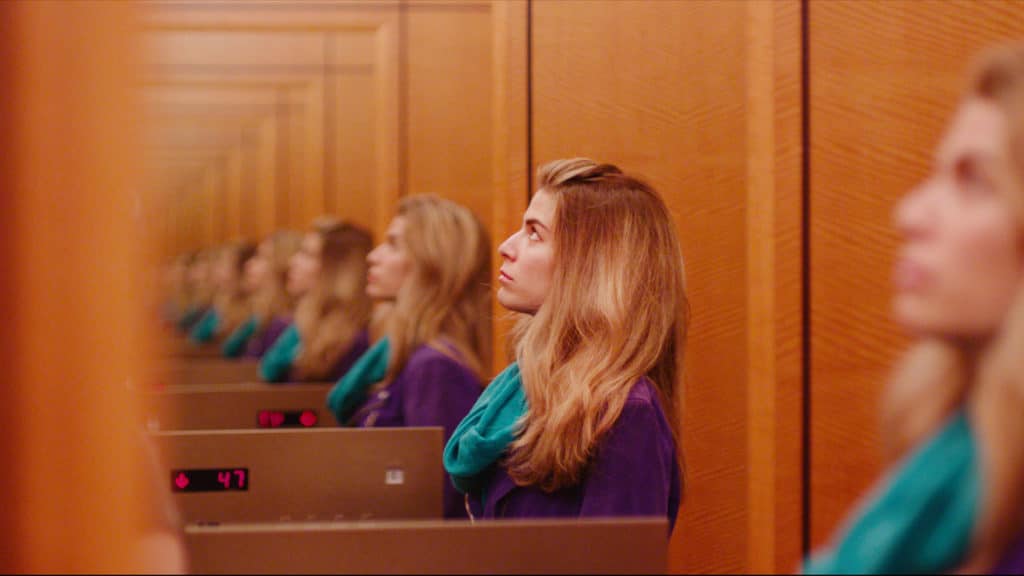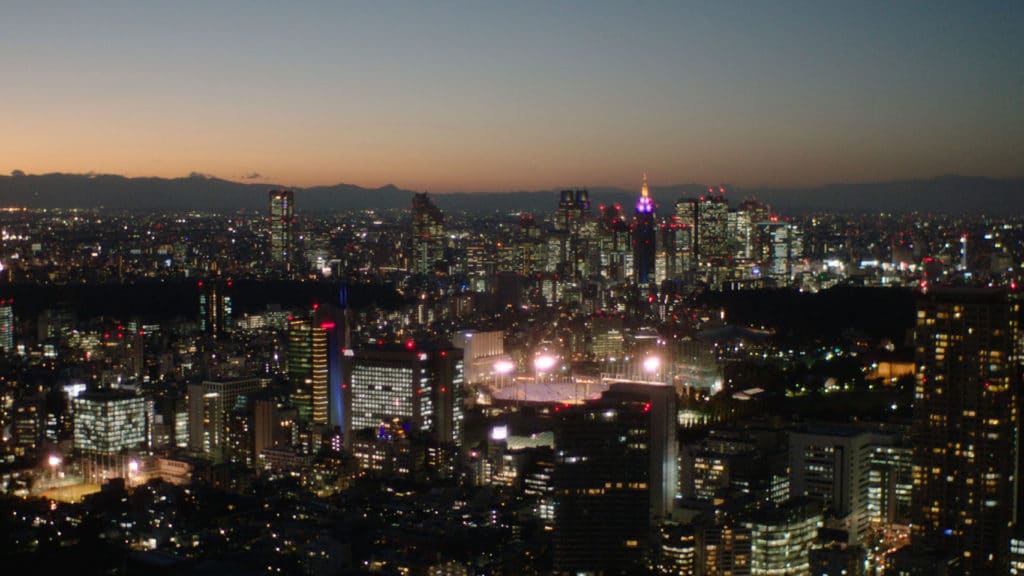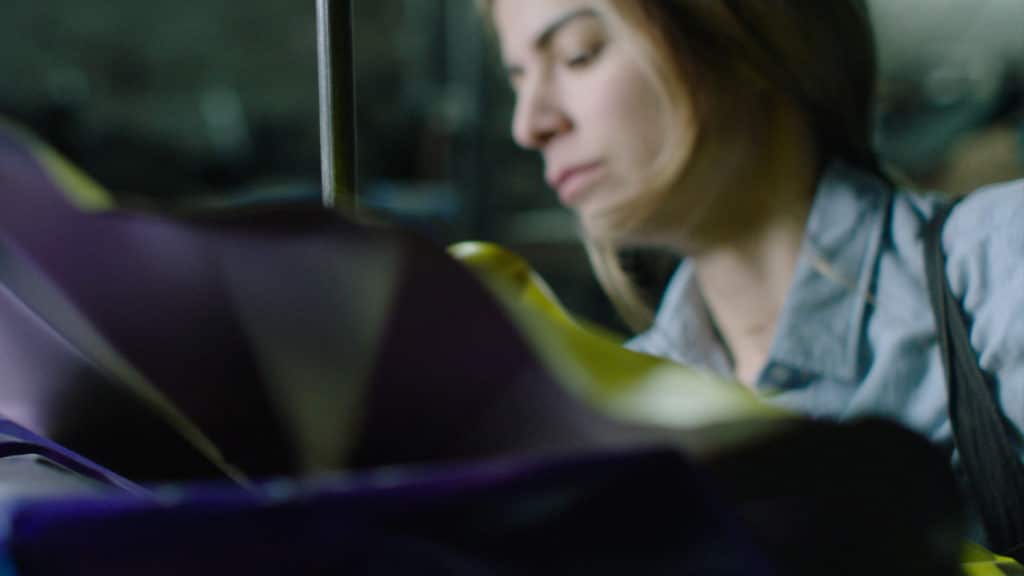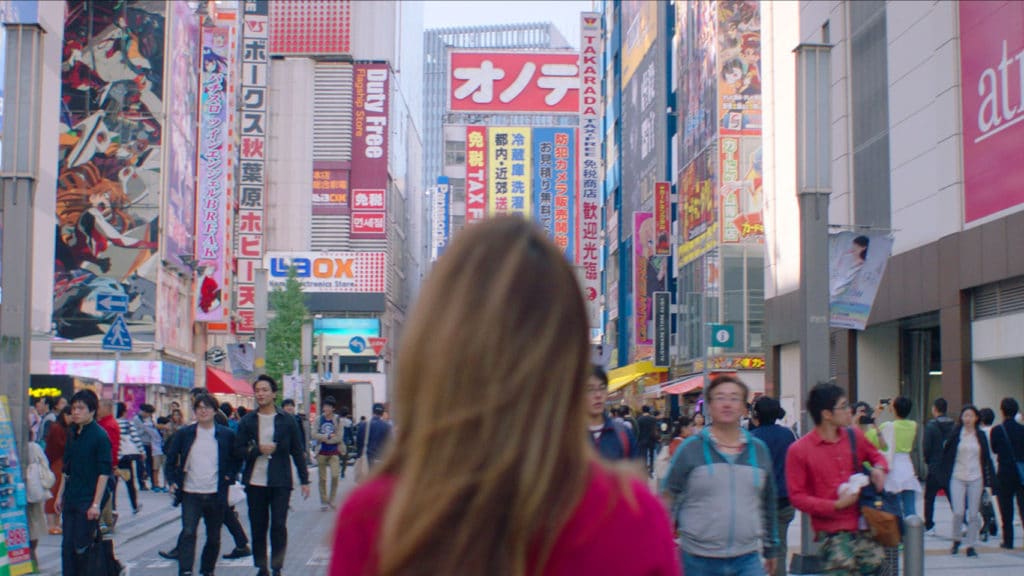On a crisp Sunday morning in the heart of Williamsburg, while most New Yorkers are still clutching their first cups of coffee, artist Fidan Bagirova is busy bending enormous sheets of aluminum with her gloved hands.
Piles of steel pipes and scrap metal carpet the floor of the cavernous space she uses as a studio. During the week, when the warehouse is in full swing, Latin music blasts and conversation flows, but today she works in silence, all her attention trained on the crumpled metal.
“People always ask me if this is a good way to get aggression out, but there’s no aggression at all. I don’t like to say I squash the sheets — it’s more like I hug them. It’s all made with a lot of love,” she says with a laugh.
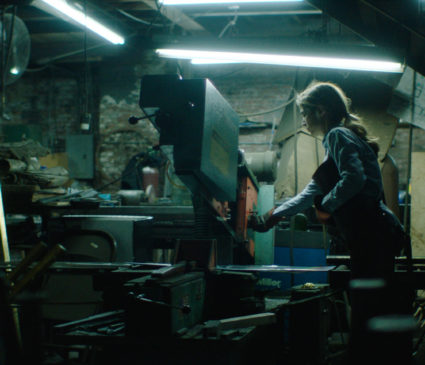
More literally, the sculpture coming to life before her consists of 200-plus pounds of recycled newspaper printing sheets varnished in brilliant shades, which Bagirova then welds or binds with industrial silicon glue — like fragments of a massive, multihued jigsaw.
“The fun part is assembling them because you never know how they’re going to look until they come together.”
Coming together is a central theme in Bagirova’s work. The Azerbaijani artist has always celebrated diverse places, from her childhood home of Geneva to the vibrant enclave in Brooklyn where she currently resides.
Though artists such as Dutch painter Willem de Kooning and American sculptor John Chamberlain have influenced her, Bagirova’s dreamy, abstract floral sculptures from her Voyage en Fleurs series are unlike anything else.
Inspired by her encounters around the globe with people from different backgrounds, she seeks to create art that transcends cultural barriers.
“I picked flowers because they unify all cultures, all countries, all people. When you see a flower, it uplifts you, no matter who you are or where you grew up,” she says. “I think a flower is a great symbol of multiculturalism and unification because in today’s world, there are so many things that divide us.”
During a recent journey as part of the Marriott StoryBooked documentary series, Bagirova met with a master who works with a different sort of flowers. Although she had found Japanese culture fascinating for years, she had never had the opportunity to visit the country in person. Even from afar, she admired the aesthetics of Japanese art and the extraordinary level of care that infuses so many aspects of daily life.
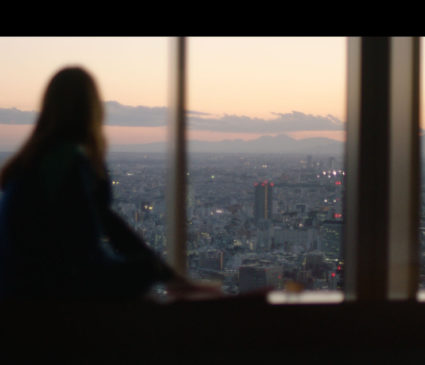
To help sate her wanderlust and provide a little inspiration, Marriott whisked her to Tokyo and Kyoto, where she met with a master of ikebana, the revered Japanese art of floral arrangement.
This practice dates back to the 7th century, when devout worshippers began creating exquisite bouquets for temple altars and Shinto shrines. In ikebana, each meticulously considered element adds to the sublimely subtle final composition. Not a single petal is haphazard.
True virtuosos of this ancient art are rare, and Bagirova’s brief encounter with one left a lasting impression.
“The ikebana master who hosted us in her home in Tokyo was amazing. I don’t speak Japanese, and she only spoke a little English, but she had such a beautiful energy,” she says reverently.
Despite only sharing a smattering of words, they managed to communicate. “Sometimes there are things you feel from the heart. If you’re in tune with yourself, the other person feels it, too.”
Sometimes there are things you feel from the heart. If you’re in tune with yourself, the other person feels it, too.
FIDAN BAGIROVA
The same extraordinary attention to detail that makes ikebana shine manifests in other facets of Japanese society. Bagirova’s eyes still mist over when she recalls an omakase meal at a legendary sushi restaurant.
“When it comes to food, I tend to order the same thing over and over, but the chef said, ‘Let me make you something.’ I saw the look in his eyes, and I couldn’t say no,” she says. Even though the chef must have made thousands of maki and nigiri over the course of his career, he formed each palm of pearlescent rice with care. “It felt like it wasn’t food he was creating. It felt like a piece of jewelry, like he was putting diamonds in there.”
This deep-rooted commitment to excellence became a recurring theme at meals throughout the trip. In particular, Bagirova admired the chefs at Hinokizaka, the Michelin-starred Japanese eatery at The Ritz-Carlton, Tokyo, where guests dine on traditional kaiseki, teppanyaki, sushi and tempura with a sweeping view from the 45th floor.
While she admires the dedication to craftsmanship she experienced in Japan, the nation’s playful side also spoke to her. Bagirova may take her work seriously, but she’s never been afraid to walk on the whimsical side of life.
WHIMSY PREVAILS
Bagirova connects with her inner child, and the result is magnificent
In 2012 Bagirova published a surreal young-adult novel loosely inspired by Franz Kafka’s “The Metamorphosis,” in which two materialistic New York socialites find themselves transformed into a pair of shoes. The absurdist modern fable is full of satirical touches, from cheeky hotel slippers to haughty Manhattan stilettos that quite literally look down on everyone else.
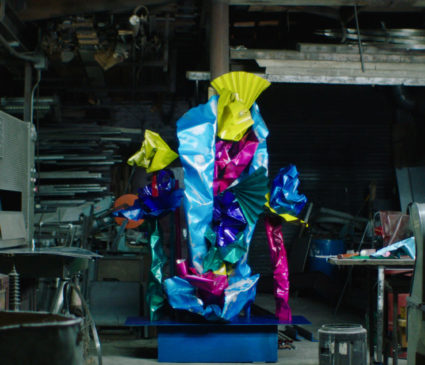
“I had fun with it. I believe we all have this inner child in us. As we grow up, we learn to tone it down, but I have so much fun interacting with that side of myself. It’s from there that I wrote that novel and made these sculptures,” she says. “What I loved in Japan is that you feel this inner child everywhere. In the subway they have baby pink vending machines, and construction workers wear suits in funky shades of green or orange. There’s so much color.”
She also appreciates that reconnecting with her inner child frees her from the crippling perfection society sometimes imposes on us. Rather than obsess about making everything flawless, she prefers to push her creativity to the limit and see where it takes her.
The sense of wonder prevalent in so many elements of Japanese culture, from the otherworldly films of Hayao Miyazaki to the candy-colored stores of Takeshita Street in Harajuku, appears in her work.
“Personally, I find a sculpture that’s just flat metals with perfect symmetry and perfect color a little boring,” she says. “When you look at my sculptures from far away, you see all this color. They’re like candies. Then, as you come closer, you notice all those cracks. You wonder what happened there. I like it when art interacts with us. It’s not perfect, and that’s beautiful.”
That constant tension between the perfect and imperfect, between the sheer technical achievement of the work and the visible cracks lining its edges, keeps these pieces from feeling static.
Not only are her massive metallic blossoms aesthetically stunning, but they also demand viewers of all different backgrounds engage with them. Bagirova hopes that people who view her work walk away with a sense of hope and connection to their fellow human beings.
“Japan is a place where people focus on creation rather than destruction, on a hopeful future rather than the challenges of the past,” she says. “There’s so much negativity out there that I think it’s important to promote positivity and happiness. I think we all have that as humans, and it keeps us together.”
Underlying everything she creates is a radical sense of optimism. Much like art, she believes travel has the ability to inspire and bring people from all corners of the globe just a little bit closer.
